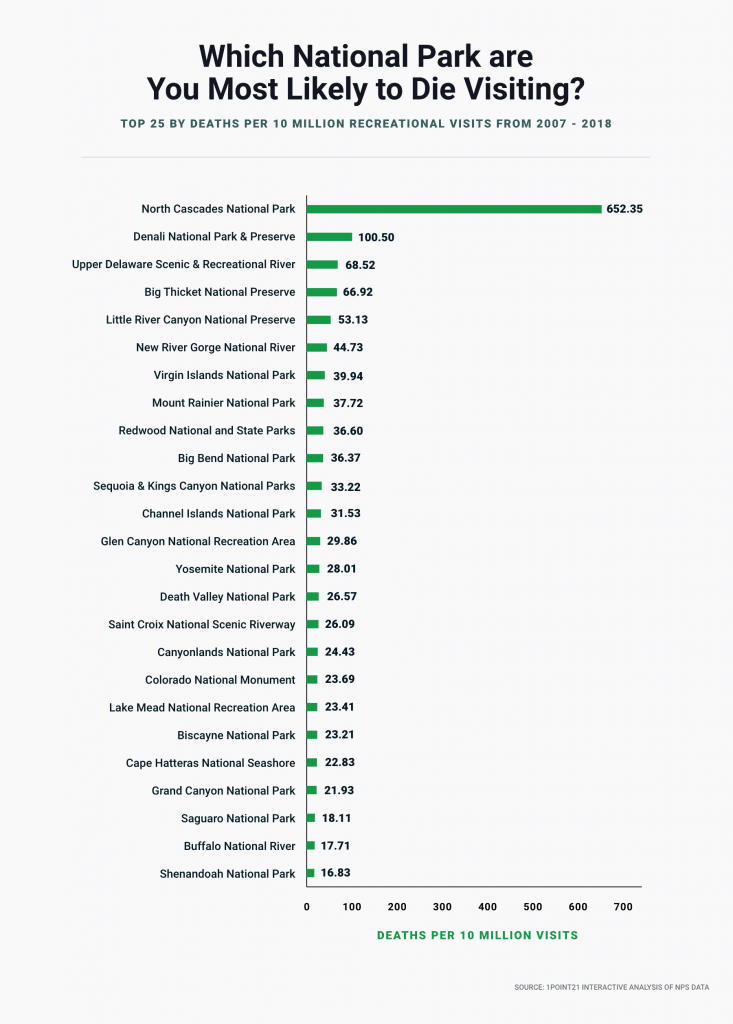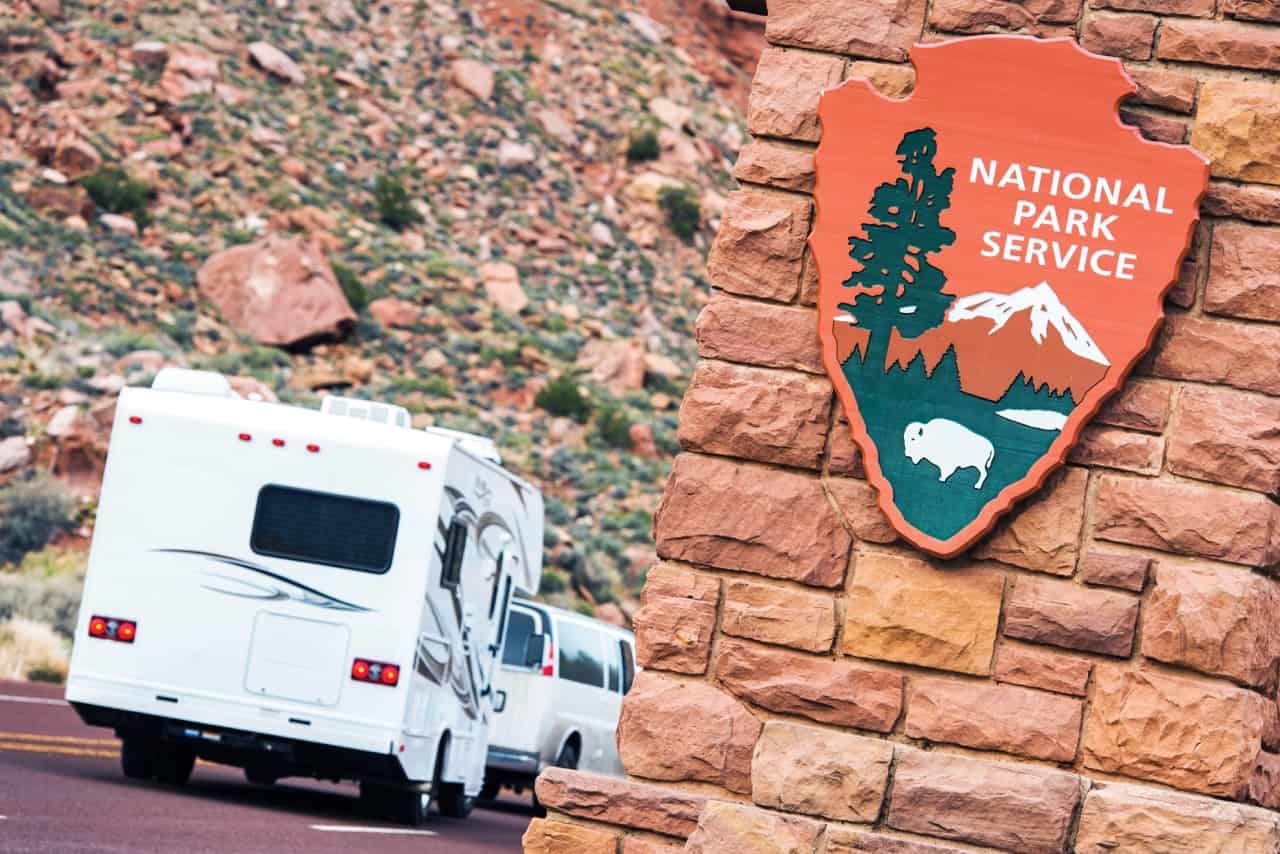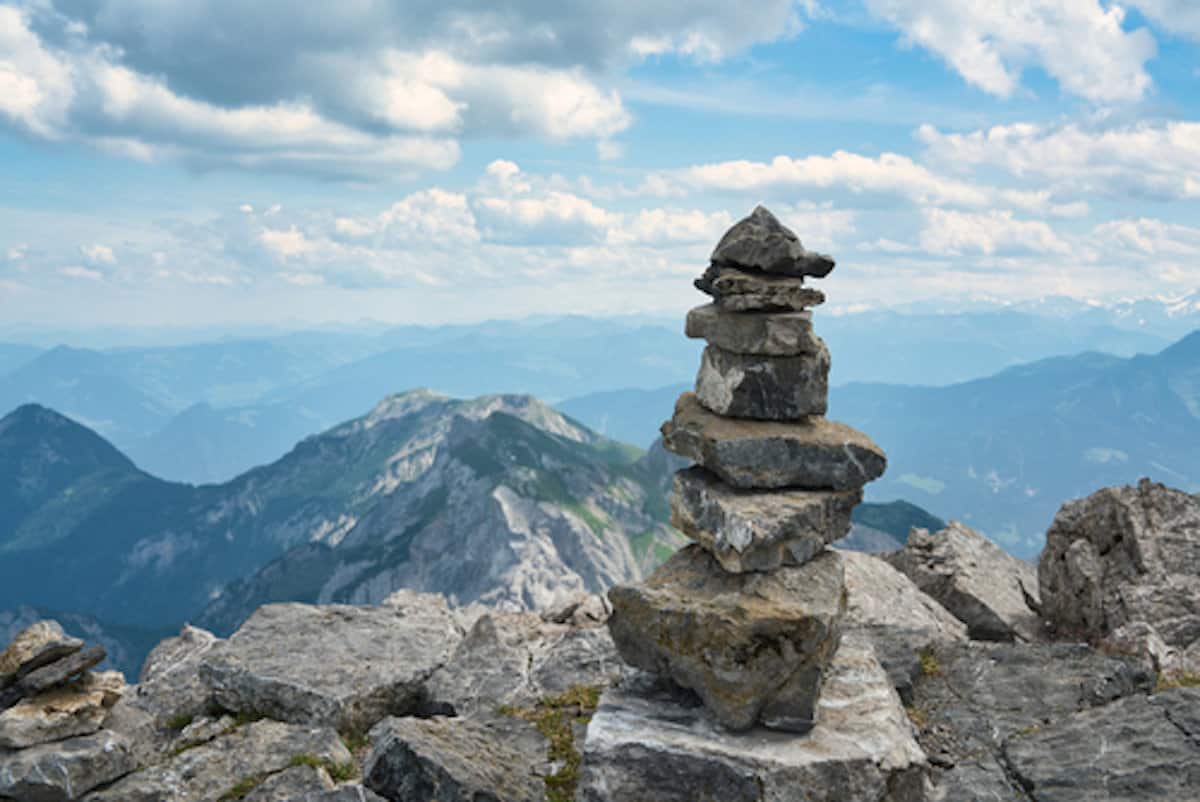
RVers Beware: The Most Dangerous U.S. National Parks
Our national parks are some of the most well-loved, treasured destinations in the U.S. It is a haven for people worldwide, especially RVers. While exploring, playing, and camping are the highlights of any RVer’s stay, there is always a level of risk involved.
Deaths happen more often than one would think at these natural wonders. Two separate studies, recently released, revealed the devastating statistics surrounding deaths in the U.S. National Parks.
One study, conducted by the outdoor publication Outforia, gathered data from the U.S. National Park Service (NPS) for the years between 2010 and 2020. The information helped the company create a list of parks ranked according to the number of deaths.
The personal injury law firm Panish Shea & Boyle LLP partnered with data visualization agency 1Point21 Interactive to create another report. The study focused on the safety of visiting the national parks. It pinpointed places where people are most likely to die. The research took into account data from the NPS between 2007 and 2018.
What kinds of deaths have occurred in national parks?
According to both studies, the top leading causes of death at national parks and recreation areas involved drowning, motor vehicle crashes, slips/falls, medical/natural causes, and unexplained.
Regarding the significant number of motor vehicle crashes, Panish Shea & Boyle LLP reasoned, “…given the rural and scenic nature of most of these sites. Rural locations may empower drivers to exhibit more reckless habits with driving, such as not wearing seatbelts, speeding, distracted driving, and even driving under the influence. Further, scenic national parks usually have twisting, winding roads through mountains that can be difficult to navigate even for the most competent drivers. The potential for a crash into a tree or another vehicle – or even to careen off the road – is very real.”
Outforia surmised that medical/natural causes, like many of these deaths, are unintentional. “Many of the deaths that take place in national parks aren’t necessarily anything to do with the surroundings of those involved, but the harsh environment can certainly exacerbate existing health conditions, especially if you’re pushing yourself past your physical limits in extreme heat which you might not otherwise be used to.”
Other causes of death included suicide, environmental occurrences, transportation via other vehicles like bicycles or boats, poisoning, homicide, wildlife attacks, and legal intervention.
What national parks have the most deaths?
According to Outforia, the three most dangerous national parks are also three of the most popular. This should be no surprise, though. It would only make sense that the most visited destinations in the park system have the highest number of deaths.
- The Grand Canyon came in at number one with 134 deaths. The most prevalent cause of death between 2010 and 2020 was medical or natural causes. Many of the 42 cases were due to extreme heat. Falls came in second at 27 lives lost.
- Yosemite National Park had a record 126 deaths in the 10 year period. Falls ranked the highest in the cause of death. Some of the 45 lives lost to falls happened while taking photos of famous spots like Taft Point, Nevada Fall, and Half Dome.
- The Great Smoky Mountains came in third at 92 deaths. The most common cause of death was motor vehicle crashes with 37 losses.
You can view Outforia’s entire list, including causes of deaths, below.

Danger Parks Infographic by Outforia
What national parks pose the most risk of death?
The study from 1Point21 Interactive looked at the data from a different angle, acknowledging that just because many people died at the more popular national parks and recreation areas, doesn’t necessarily mean people are most likely to die there.
Instead, the study looked at deaths per capita. The researchers took the total visits for each location and then adjusted the total deaths per 10 million visits. With these measures, North Cascades National Park in Washington state was at the top of the list as the most likely park for people to suffer a fatal accident, averaging 652.35 deaths per 10 million visitors.
“North Cascades National Park had, by far, the lowest visitation of any park in the top 50. At the same time, it’s made up of rugged and steep mountain and glacial terrain with very few roads or structures,” said project lead Brian Beltz. “As most of the deaths there involved falls or environmental incidents, I would imagine that this plays a big role.”
Denali National Park in Alaska came in second with 100.50 deaths per 10 million visitors. The causes of death included climbing falls, exposure, avalanches, and acute altitude illness.
The Upper Delaware Scenic & Recreational River followed in the list with 68.51 deaths per 10 million visitors. Many deaths occurred due to drowning. In some cases, victims were not wearing life jackets or wearing their life jackets improperly and it came off. Other times drugs or alcohol were involved. Swift currents, sudden drop-offs, and slippery rocks have caused deaths as well.
The chart below was provided by 1Point21 Interactive.

Q2 News, KTVQ-TV, a CBS affiliate in Billings, Montana, reported on these studies in the news clip below.
What safety measures can you take on your next national park visit?
The National Park System offers a wide range of visitor experiences in remarkable landscapes. Still, there are potential hazards that come with this grandeur. If you are thinking of taking a day trip or RVing overnight at a national park, read these safety tips before taking off on your adventure.
Plan ahead.
Most road trips and vacations involve some degree of strategizing and research. Visiting a national park is no different. After choosing a park to visit, select activities that match your and your family’s skill sets. For example, consider the difficulty level and length of a hiking trail or rafting route.
Keep updated on park alerts, including weather forecast, road closures, potential hazards or environmental conditions that affect outdoor activities like boating or hiking, and service restrictions. You can do this by visiting the National Park Service online and searching for the park. Each park page has an “Information” and “Alert” section that regularly posts important visitor announcements. When you arrive, double-check with park rangers on existing conditions and any changes to park alerts.
Practice safe selfies.
“We get it – national parks have some pretty photogenic scenery,” reads the NPS general guide for taking photos. “The views are truly magnificent. While we want you to capture all of the splendor of our amazing parks, do not put your life at risk for a picture.”
The guide touches on topics like keeping your distance from wildlife as per park rules, sticking to the trails and staying behind barriers/railings, and stepping out of the way of pedestrian and vehicle traffic.
Yellowstone National Park has its own list of dangerous selfie locations outlined here. Visitors are warned not to pose near geysers, in hot springs, on the edges of a canyon, or alongside wildlife.
Even more safety tips
The article Practice Safety In The National Parks And Beyond has more safety tips for RVers visiting national parks. The piece was written almost five years ago but offers sound advice that is still relevant today.
Another way to stay safe on your RV travels is to plan a safe route for your RV. You can find RV-friendly routes that avoid low bridges, steep grades, and unpaved roads using RV LIFE Trip Wizard and the accompanying RV LIFE GPS App. Check it out!





Thanks for the information. I recommend you look up David Paulides on Youtube. His missing series covers missing people in National Forests. I suspect your statistics included presumed dead though they are specifically missing.
I hope your above article concerning US National Parks is being fair to the many staff that run these parks and its not counting the numbers of tourist that don’t pay attention to the safety barriers. My wife and I did a 11,000 tour of our amazing National Parks a couple years ago. The park rangers and staff that run these parks do an outstanding job. Almost every park we visited you had tourist breaking the rules by climbing fences and barriers to get a selphie at one of the many rock ledges. It was so frightening that my wife hurried through her tour to get away from them due to her nerves. So to be fair to the parks you should not count the accidents where tourist are at fault for not paying attention to the barriers and safety railings and not ruin the reputation of the many people who work at these parks to make experiences like my wife and I experienced a remarkable journey.
Your story misses 2 major issues….the first being altitude. Anyone with cardiac or pulmonary problems should think twice about the altitude of any of the parks and/or park scenic passes. While living in Flagstaff we constantly saw visitors suffering due to the altitude they were not prepared for. Everything from headaches… a given, to severe breathing and cardiac problems. Even campers elderly dogs showed up at a local vet with problems…the prescription…drive down to a lower altitude immediately. This also impacts cognition as many passes rise to very high altitudes…upwards of 10,000 ft.. Even cars experience problems as they are tuned to a higher oxygen content and start missing when the oxygen level is decreased due to altitude.
The second is the statistics for Lake Powell are split between Colorado and Utah, depending on which side of the lake the incident happened. The lake is dangerous as water levels are raised and lowered on a daily basis, so a rock formation that was 20 ft. below the surface on one day, can be 5 ft. below the surface the next. We constantly had to come to the aid of a person who dove in thinking he was diving into deep water only to suffer serious injury as his head and neck hit a rock formation now only 5 ft. below the water.
We worked in the Grand Canyon, if people would just follow the rules and use some common sense we would have very few incidents. But some people can’t seem to be without supervision.